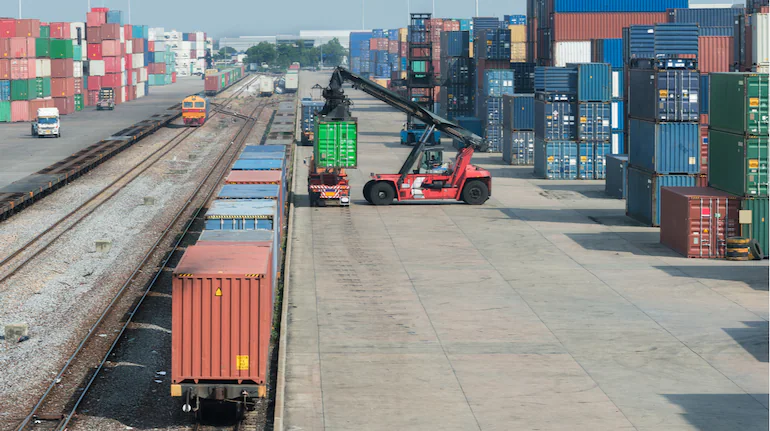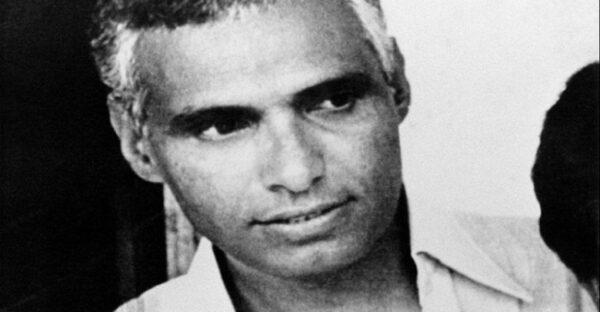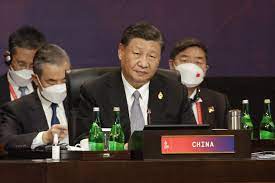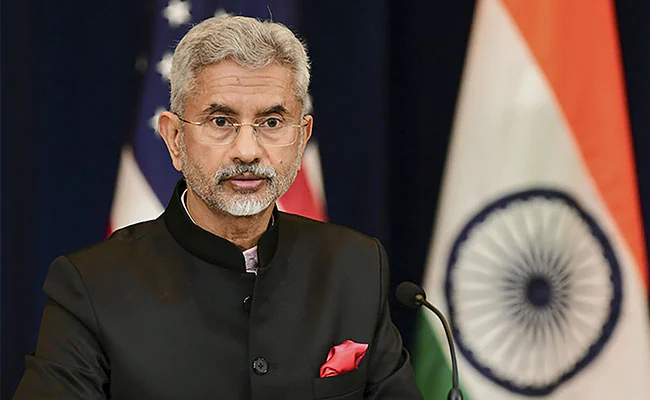INSTC route between India and Russia to see pick-up in trade volumes from next month, say officials
More trade between India and Russia will flow through the ambitious north-south-international transportation corridor regularly starting next month and so on, officials have confirmed to moneycontrol.
A significant volume of trade is set to be registered by the instc, India’s 7,200-km long alternate trade route to russia through the Iranian deserts, from July onwards, as more Indian retailers to export goods to russia soon and raw materials like coal and The fertilizer flows otherwise, the officials said.
A large number of American, European and Japanese companies have left countries with sanctions and Indian companies want to replace them. We facilitate all questions based on priorities,” said an official. After the volume reaches a certain level, the investment cycle and virtuous awareness are expected to make the route more popular and cheaper, they said.
Instc is India’s big plan to cut the time needed for trading shipping to reach Russia and Europe, and enter the Central Asian market, and vice versa. It combines thousands of kilometers of highway all weather from the Chalang Iranian port in the south, through Azerbaijan in the north, and so on to Russia and Europe.
However, the flow of new goods is also expected to be anticipated to flow through the eastern part of the corridor, which has a railroad track that connects Russia with Iran through Kazakhstan and Turkmenistan. The RZD RZD Logistik firm last week confirmed that he had started sending a container train to India via this route.
The first train transit cargo entered Iran on Tuesday through the Sarakh border intersection, Iran’s media reported. 39 containers brought by train leaving the Chekhov station near Moscow on July 6 and have traveled 3,800 kilometers on Tuesday. It must cross 1,600 km further until it reaches the port of Iran, Bandar Abbas, from which it will be sent to Mumbai.
Return to the track
After a long pause, Russia officially accelerated the talks to quickly operate the Instc earlier this year after the Ukraine War began and Moscow was beaten with a series of international financial and monetary sanctions.
Meanwhile, the cross-continent trade route was also a core discussion point during the visit of Iran’s Foreign Minister Hossein Amir-Abdollah to Delhi in May, officials said.
Moneycontrol has reported that the monitoring group for operational problems will be formed by officials of the two countries to ease a series of problems at the Shahid Beheshti Terminal from Chabahar port in Iran. Terminal is one of two in Chabahar, one -only the Iranian seaport. This has been developed by India, which officially took over operations in December 2018.
India’s exports to Russia were established at $ 3.24 billion in 2021-22, up from the pre-Pandemic figure of $ 3 billion. Meanwhile, imports from the country have risen to $ 9.86 billion, of which $ 5.25 billion are crude oil, processed oil, and coal. Total imports reached $ 7 billion in 2019-20.
While crude oil will continue to be sent by sea, Instc will be very important to bring more coal from Russia,” said a trade department official. In the first two months (April-Mei) from 2022-23 years ongoing, coal imports from Russia more than three times to $ 516 million, up from $ 167 million in the appropriate months from the previous financial year.
Its growth is spread evenly throughout the antracles, bitumen varieties, coke and steam, data shows. Import of fertilizer from Russia will also benefit from the land route. Imports have increased almost 10 times to $ 344.5 million in April-2022-23 from only $ 38 million in the same period the previous year.
This route is also part of India’s overall effort to build greater connectivity and trade with high-potential markets from the Commonwealth of Independent States (CIS) countries, officials said.
The grouping of former Soviet countries spread throughout Eastern and Central Europe often has a weak relationship with the West in the past, and increasingly raised their imports from China. After the Ukraine crisis, Western penetration in the area will be reduced next,” he added. Eight of the nine CIS countries are now part of Instc, along with Oman, Syria and Bulgaria.
The Federation of Freight Forwards Association of India, which has made the first dry round through Azerbaijan in 2014, was originally set six months because of the time needed to popularize new routes after opening. But the difficulty due to the lack of loan facilities from the bank on this route, insufficient insurance coverage for the Bill of Lading, operators who do not operate non-capal, as well as irregular shipping services to Iran have slowed the process.





